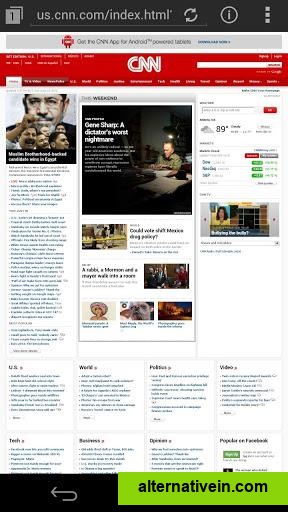

xScope is high on my list of tools that I've grown to love with usage. Any tool that removes some of the friction from the process endears itself to me. Have some tips? Let me know.Įvery act of creation involves friction. My usage of the utility is barely scratching the surface and there is no doubt a lot of ways I can still improve my workflow with what's available. You'll notice there are several tools in xScope that I haven't mentioned. I would love the same to be true for each tool.īut this is a small critique and the tool is a joy to use. The same is true for the rulers, but not for the dimensions and cross hair. With the loupe, you can simply hit Escape and it is removed from the screen. If there is one annoyance with xScope in general, is that there is no way to close all the tools in the utility. When I'm lining up elements horizontally, I pop this up to ensure everything is perfect. It displays two lines on the screen, spanning the entire screen (even multiple displays) and shows the exact pixel placement at the intersection of the two lines. It's probably the simplest tool in the suite, but very handy. Last, I love using the Crosshair when aligning objects in a design.

And you can choose what kind of value you want copied (hex, RGB, HSL, etc.)Īnd for accessibility, it gives you options to view how things look for people with various type of vision (normal, presbyopia, protanopia, etc.). Just press control+c and the current colour in view is copied to the clipboard. You can use the loupe to examine the sites you enjoy, then copy the underlying colour of any elements. What I like to use it for is building a colour palette. You can set it to examine what's beneath the small Loupe modal (shown below), or you can have it display what's under the mouse pointer. LoupeĪnother handy tool in xScope, the Loupe allows you to magnify what you're looking at in the screen. It can be slightly finicky, but a small adjustments, extremely small movements of the mouse, tend to give you the measurement you're looking for. I use this primarily on websites, but it would be helpful to any type of designer, app designers included. Not just web pages, but any aspect of the operating system or specific application. You can use these to measure the distance between any two elements on the screen. Dimensions brings up a crosshair, two red lines, on the screen. This would probably be my most oft used tool in the package. Measurements here are in pixels, but you can change a preference to use Window points instead.

With the rulers, moving your mouse around will bring up the red position indicators that show you exactly how far along the measurement is (if you have them selected).
#XSCOPE WINDOWS SOFTWARE#
I use this one when testing where to place breakpoints in a design, for using in media queries.Īnd as great software goes, xScope adds nice little touches. RulersĪ fairly obvious feature, the Rulers tool gives you the ability to measure elements on your screen. Here's a quick look at my favourite tools in xScope and how I use them (using the lovely Process Type Foundry site for our examples). It consists of a group of 8 tools that would each make a handy utility on their own. But a more useful utility would be hard to find. It's not an application, but more of a utility. This is one of those tools that can be hard to describe. But I do have one tool that seems to be used regardless of the project. Text editors, graphics tools ( Sketch is great), or iBooks Author are all used for varying projects. When it comes to working on a site design, newsletter template, or a book cover, the tools can all be different for me. Often times the tool is actually the same, but the preference comes down to brand. In every field, workers will have their preference for what is the best tool to do any job.


 0 kommentar(er)
0 kommentar(er)
